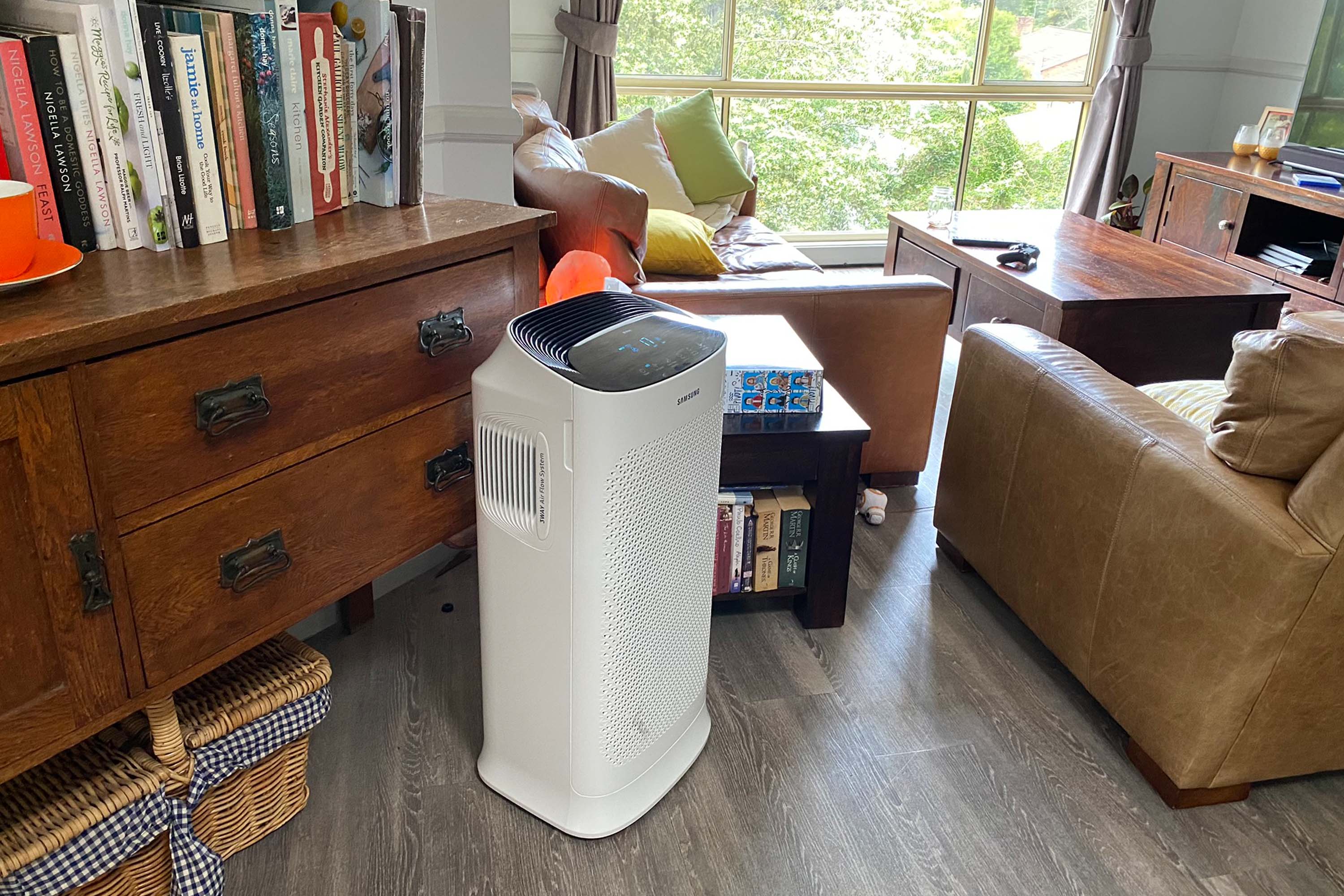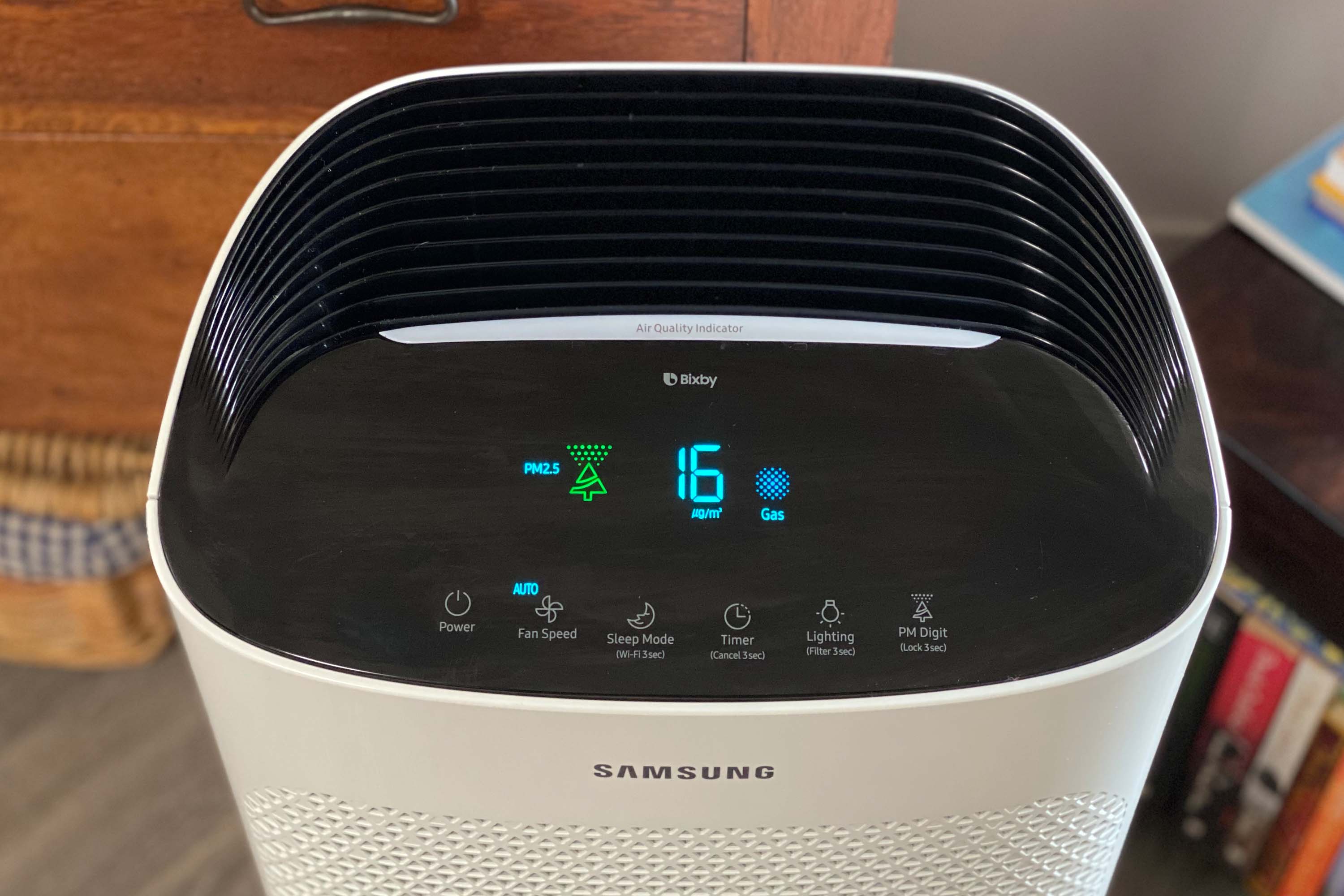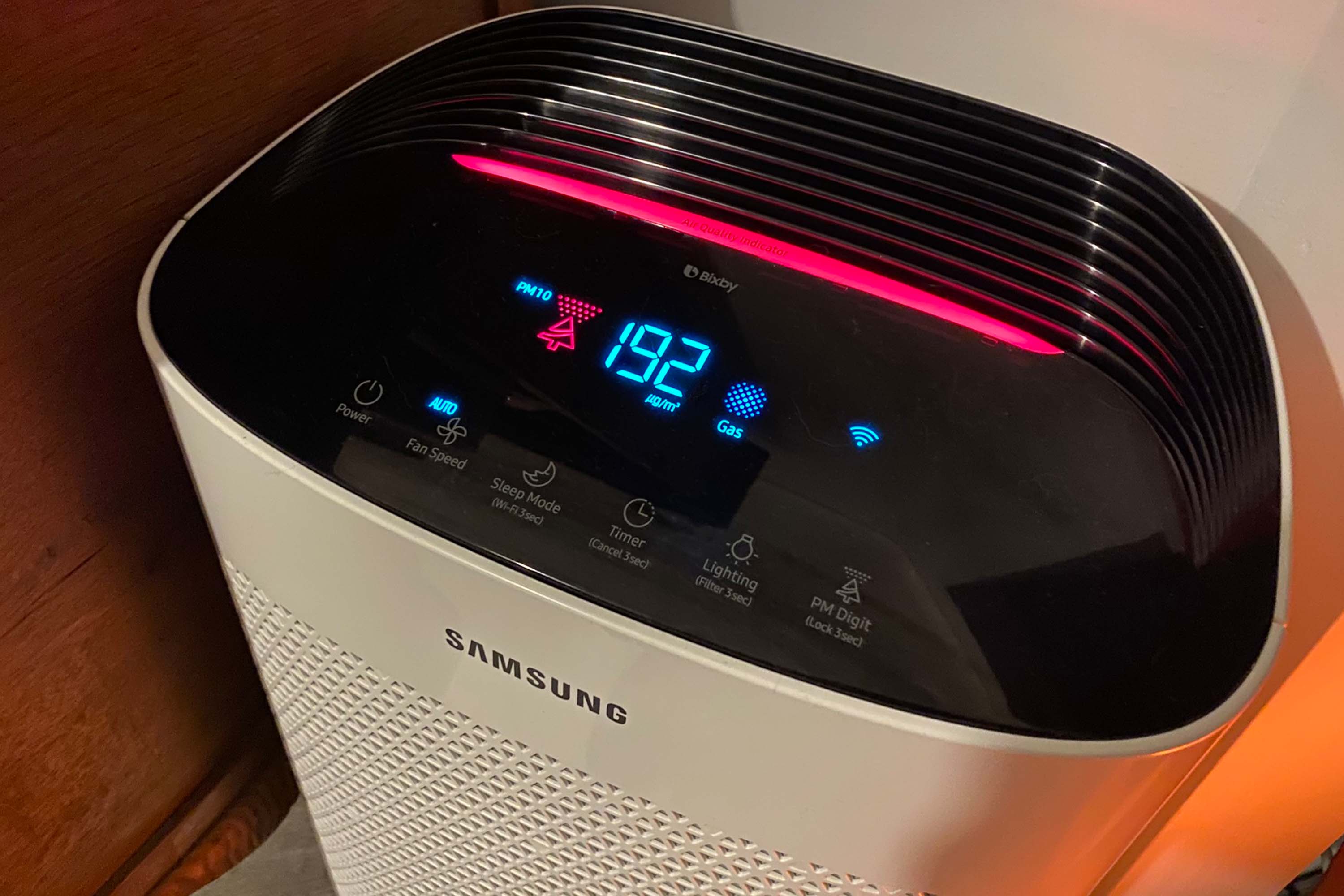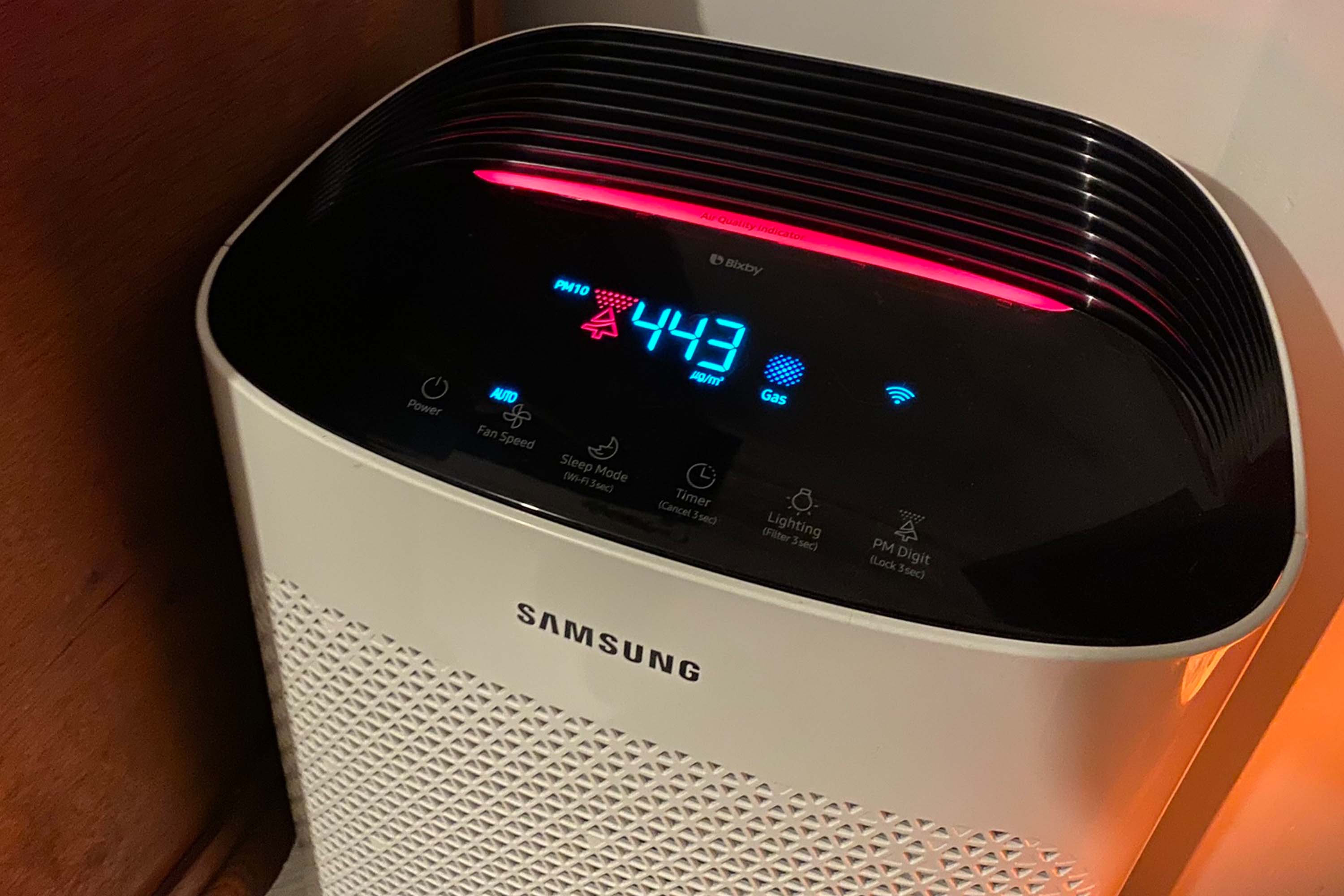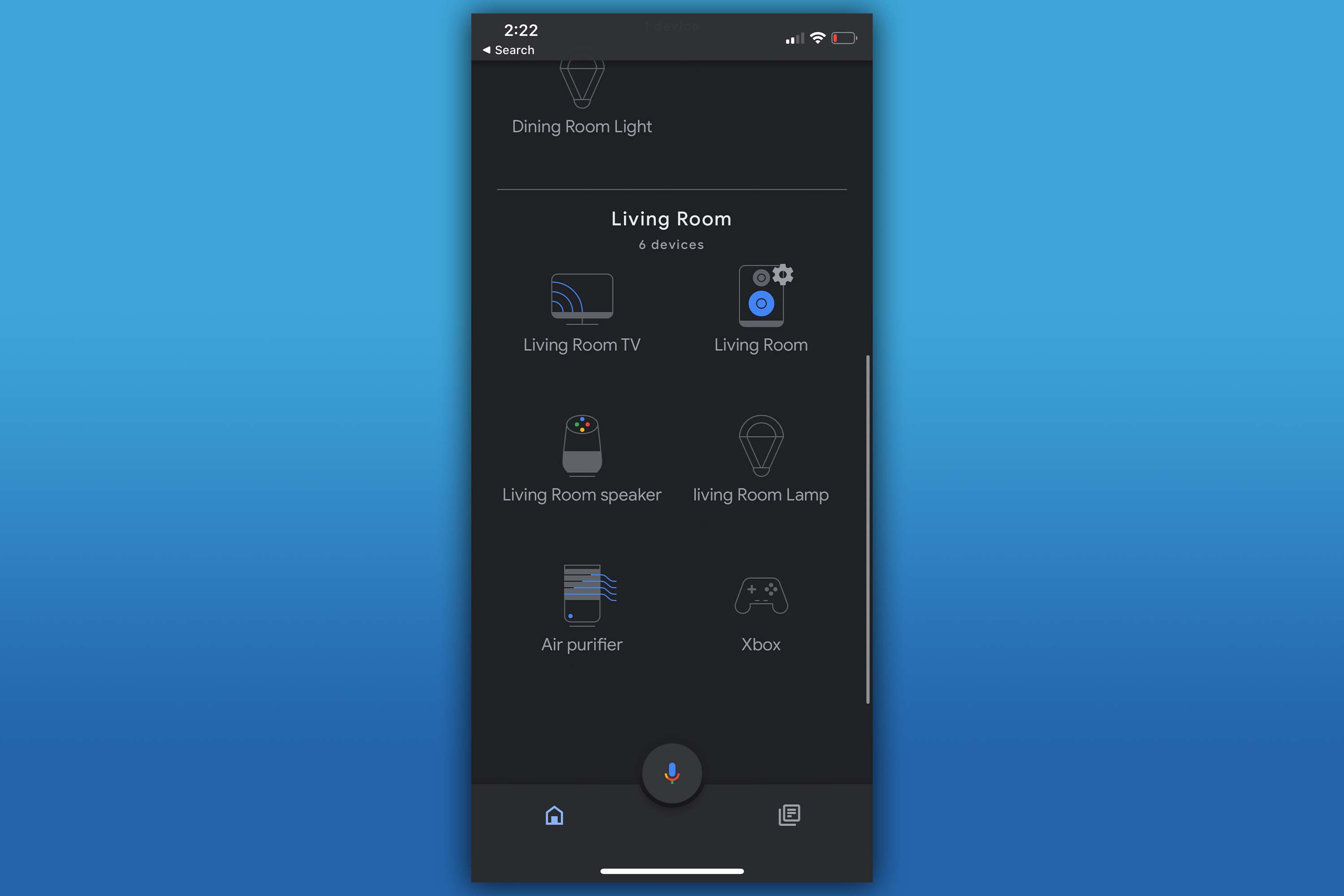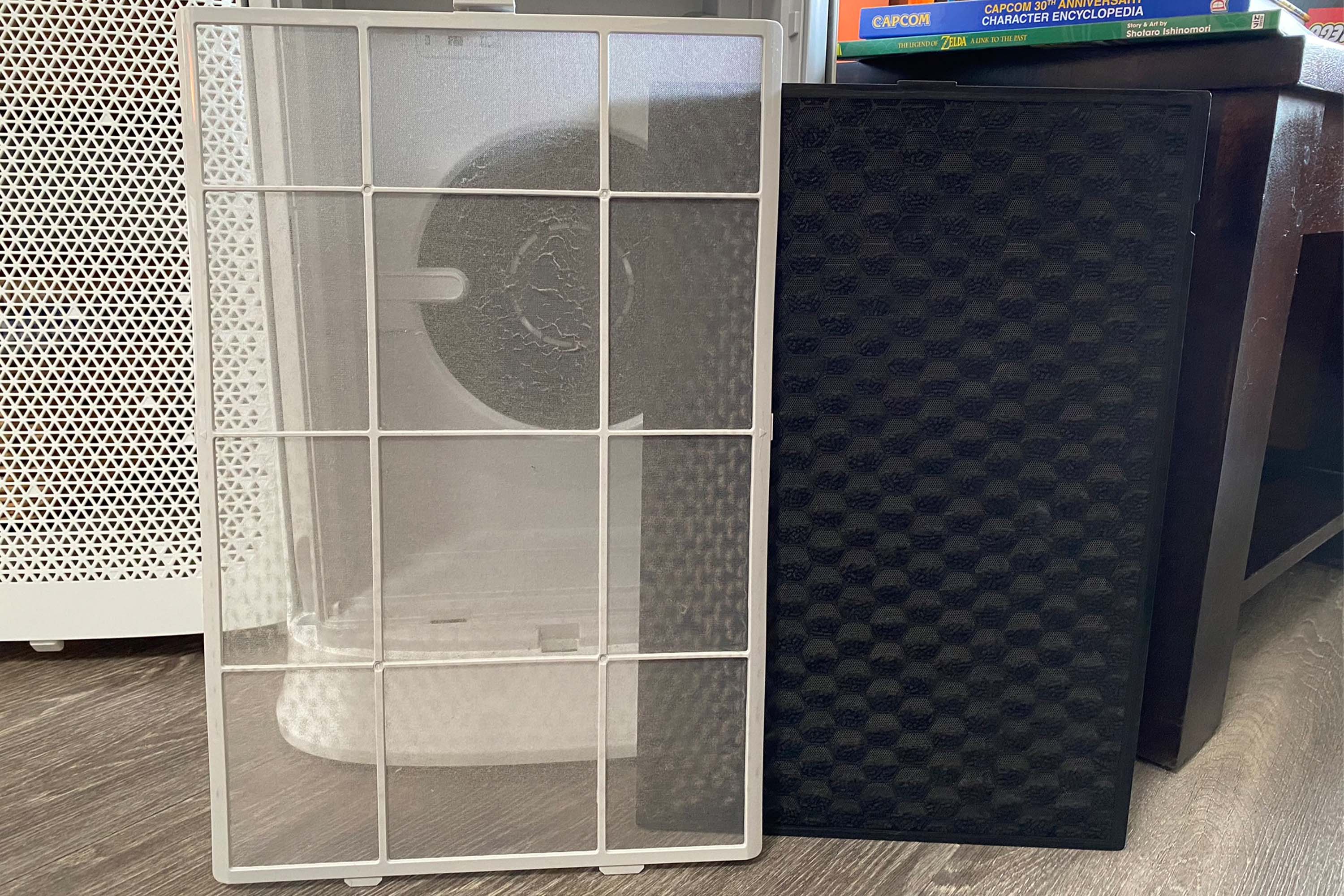Optus Mobile Review ALDI Mobile Review Amaysim Mobile Review Belong Mobile Review Circles.Life Review Vodafone Mobile Review Woolworths Mobile Review Felix Mobile Review Best iPhone Plans Best Family Mobile Plans Best Budget Smartphones Best Prepaid Plans Best SIM-Only Plans Best Plans For Kids And Teens Best Cheap Mobile Plans Telstra vs Optus Mobile Optus NBN Review Belong NBN Review Vodafone NBN Review Superloop NBN Review Aussie BB NBN Review iiNet NBN Review MyRepublic NBN Review TPG NBN Review Best NBN Satellite Plans Best NBN Alternatives Best NBN Providers Best Home Wireless Plans What is a Good NBN Speed? Test NBN Speed How to speed up your internet Optus vs Telstra Broadband ExpressVPN Review CyberGhost VPN Review NordVPN Review PureVPN Review Norton Secure VPN Review IPVanish VPN Review Windscribe VPN Review Hotspot Shield VPN Review Best cheap VPN services Best VPN for streaming Best VPNs for gaming What is a VPN? VPNs for ad-blocking Samsung’s latest air purifiers are a direct answer to Australia’s air quality concerns, promising advanced filtration for different particle sizes, while bringing the home appliance up to speed with a few tech upgrades, like WiFi connectivity and smart assistant compatibility. We’ve spent a few weeks with the Samsung AX5500, the mid-tier device in Samsung’s new range of air purifiers, and while we appreciate the conveniences that WiFi and app connectivity allow for (scheduling, remote monitoring etc.), it can be a matter of too much information and not enough context. Here are our pure, unfiltered thoughts on Samsung’s new air purifying products. True HEPA filters are the closest you’ll get to medical-grade air filtration and they are the only filters professionals recommend for people who suffer from severe allergies or respiratory conditions. By definition, true HEPA filters capture up to 99.97% of particulate matter as small as 0.3㎛ (microns). Nasty stuff like smoke, mould spores and harmful fumes. In my experience so far, the Samsung AX5500 does a welcome job of eliminating odours from the room where it’s stationed, but it only reaches so far. If you need more coverage, the next step up is Samsung’s $999 AX7500, which covers up to 90 square meters. If the light is red, you may want to switch the fan from auto to high to get back into the blue, but for the most part, you’ll be letting the purifier do its thing in auto mode. The problem is, Samsung doesn’t offer any context around these numbers, not even in the SmartThings app which seems like a missed opportunity. The air quality indicator shifted to red, and the numbers continued to climb. It passed a PM level of 150 microns per-cubic-metre. No problem I thought. I’ve owned air purifiers before and I know they go into overdrive whenever I cook (I can take a hint). Then the number continued to rise. 200, 300, 400. I decided to simmer things down in the kitchen and open the SmartThings app but the app just parroted what I was reading on the display. Elsewhere on the AX5500’s display, you’ll find a Gas Pollution indicator, a Filter Change alert (when required), and function buttons for power, fan speed, timer, sleep mode, lighting and PM display. Some buttons are dual-purpose, activating WiFi, for example, requires a 3-second press. A small annoyance, but I’ve struggled to get these secondary functions to initiate. Google Home owners can link SmartThings to their account, allowing them to control their Samsung air purifier via a Google Home device and app. There are things the SmartThings app does that Google Home won’t but it’s still convenient to be able to set routines for your air purifier and power it on and off with voice commands. The device can be pulled apart and put back together in a matter of seconds so cleaning the filters a cinch (just give them a light vacuum, too much pressure can damage the filter). The sensors are also conveniently located on the side of the device, so you can give them a whack with the vacuum any time you feel like you’re getting a dodgy reading. At double the cost, the Samsung AX5500/AX5500K air purifier doesn’t dethrone our reigning top pick, the Philips Series 1000 Air Purifier but it’s still a solid, smarter choice if you’ve got the cash to spare.
